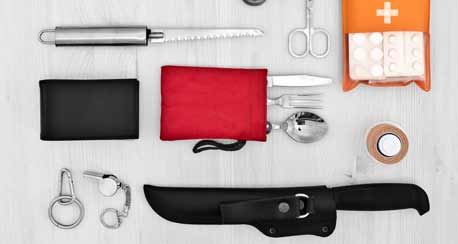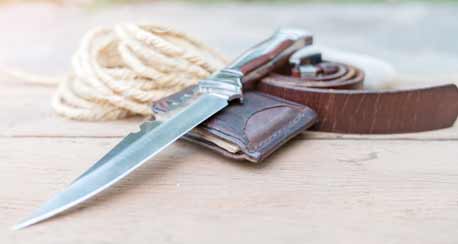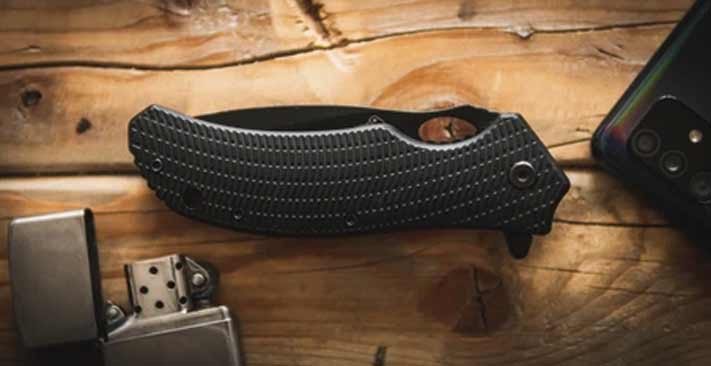Chances are you’ve spent a lot of time and effort to purchase the right knife, or knife set, for yourself. So whether you’ve ended up with a Henckels, Wusthof, Forschner, Global, Victorinox, or other brand, you want to make sure they maintain their quality and last, hopefully, a lifetime.
Knife Basics
The Parts of a Knife

For most people, a knife is simply a blade with a handle. To others, the knife is an essential part of their livelyhood, browse around this site: https://ipsnews.net/business/2021/04/30/huusk-knives-reviews-japanese-kitchen-knife-on-the-market/. Although most people may only be familiar with the basic steak knife, butter knife and carving knife, there are a wide variety of knives each designed for a specific task. Some of these are:
- Chefs Knife (shown in Image)
- Boning Knife
- Fillet Knife
- Paring Knife
- Utility Knife
- Slicer
- Cleaver
- Sashimi Knife
- Reguardless of the function of the knife, they will all contain the same basic components.
- So let’s start with a quick introduction to the basic parts of a knife.
- Materials of Construction
The material of choice for many years has been carbon steel. Carbon steel knives take an edge better than either high carbon or stainless steel blades. The down side of carbon steel is that it tends to lose its edge quickly and requires frequent sharpening. The higher acidity of certain foods, such as tomatoes and onions, can discolor Carbon steel blades. As a result, they must be washed and thoroughly dried after use (and before storage) to avoid permanent discoloration, rusting, and pitting. Carbon steel also tends to be brittle and can break easily under excessive stress.
A popular option is stainless steel which is a steel alloy with a higher chromium content than regular steel. This makes the metal stronger than carbon steel and also highly resistant to discoloration and rust. This increased strength is also its main drawback since it is much harder to get a edge on a stainless steel blade. However, once properly sharpened, the edge will last longer than that of a carbon steel blade.
The most popular material today, for good quality blades is a high-carbon stainless steel (HCSS).

This particular alloy combines the advantages of both the carbon steel and stainless steel. The higher carbon content allows the HCSS to be easily sharpened (like carbon steel) and it will also maintain its edge longer (like stainless steel). Being a stainless steel (containing chromium), the blade is also highly resistant to discoloration, rust, and pitting when used on high acidity foods.
